

Uh oh...
It appears that you're using a severely outdated version of Safari on Windows. Many features won't work correctly, and functionality can't be guaranteed. Please try viewing this website in Edge, Mozilla, Chrome, or another modern browser. Sorry for any inconvenience this may have caused!
Read More about this safari issue.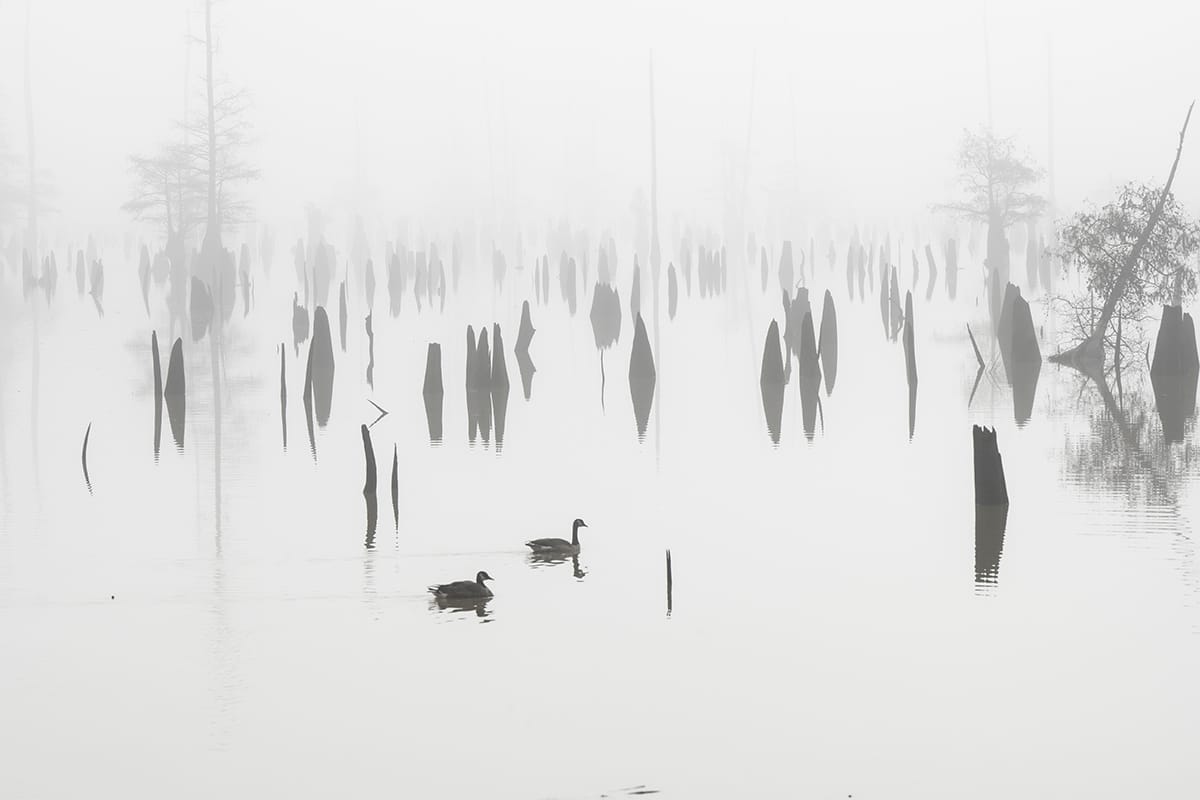

Arkansas may not spend the winter covered in a blanket of snow. Still, the inhabitants of Arkansas’s forests and lakes undergo fascinating transformations and exhibit surprising habits to survive the colder months. While some animals hibernate, others adapt in unexpected ways, showcasing the remarkable resilience of Arkansas wildlife. Many Arkansas residents have come to believe snakes hibernate and summer and fall are considered “tick season.” Are these assumptions correct? Let’s explore the wintering wildlife habits of some creatures that may surprise even seasoned nature enthusiasts.
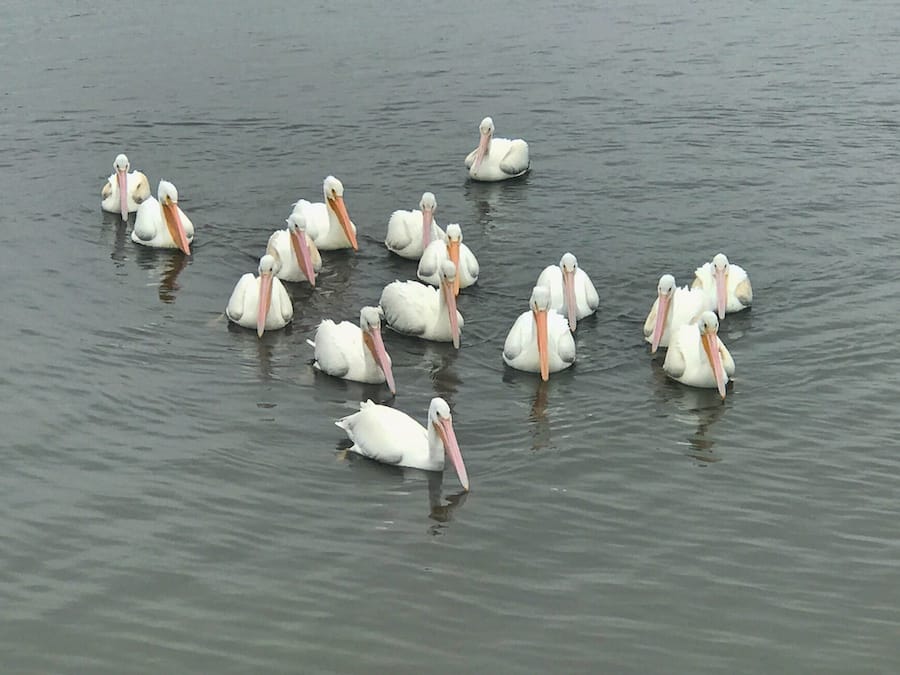
Birds and Waterfowl
Although many of our birds will head south for the winter, Arkansas becomes a temporary haven for many migratory birds during winter. Ducks, geese, pelicans and swans all spend the winter in Arkansas.
The Swans at Magness Lake
8 Winter Birds to Observe in Arkansas
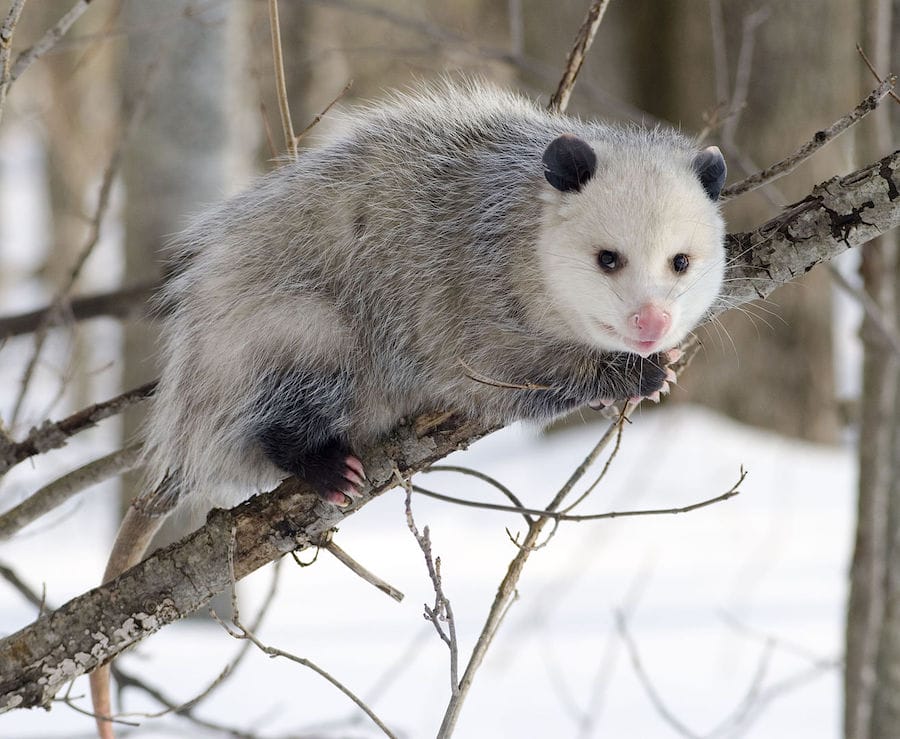
Opossums
Opossums are known for their adaptability, which extends to their winter habits. While many animals are hidden away during the colder nights, opossums emerge to explore the winter landscape. Their foraging activity increases during winter as they search for food in the quieter nighttime hours.
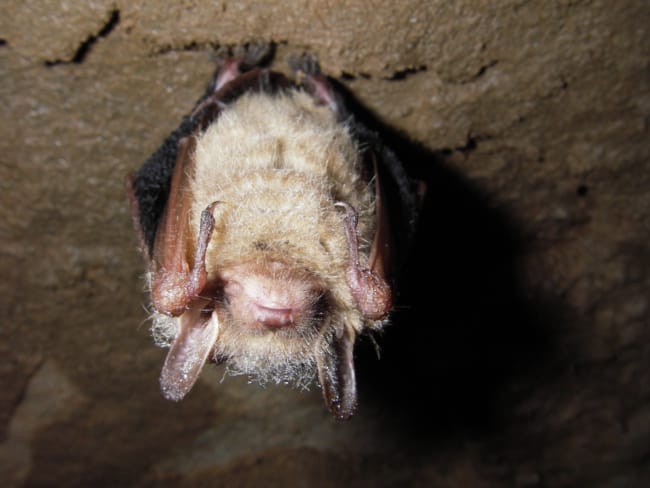
Photo by Terry Mitchell and used with permission.
Bats
Arkansas is home to 16 bat species, and during winter, these winged wonders exhibit unique roosting habits. Some species, such as the tri-colored bat, may migrate to warmer regions, while others seek refuge in many of Arkansas’s caves. Huddling together in groups, bats conserve body heat and energy, entering a state of torpor during the colder months. Their winter behavior is crucial for their survival until the return of warmer temperatures and insect abundance.
Bats in Arkansas
Arkansas Caves

Elk
Elk are well-equipped to deal with weather and temperature changes, but as winter reduces the availability of grasses and other preferred food sources, Arkansas elk will adapt their foraging strategies. They may feed woody vegetation, such as shrubs and tree twigs, which can still provide essential nutrients. Elk are known to be opportunistic feeders, adjusting their diet based on seasonal availability. Elk viewing opportunities are often at their highest during the colder months as the elk tend to group together more, and it’s easier to spot them once the leaves have fallen.
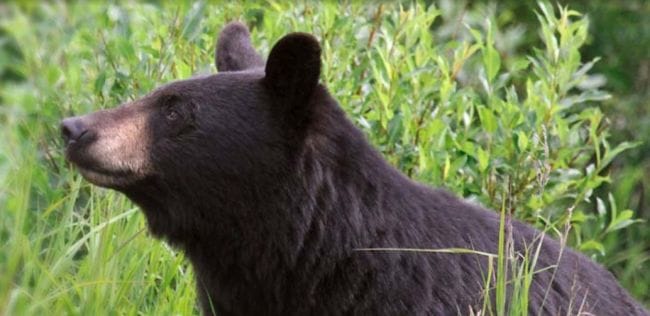
Bears
Arkansas black bears enter a state of torpor during winter, not true hibernation. While their metabolic rate decreases, they may wake up occasionally to move or even give birth. Pregnant females typically give birth during this period, relying on the fat reserves accumulated during the warmer months to sustain them and their cubs until spring.

Box Turtles
Arkansas is home to two species of box turtles, the three-toed and the ornate. These turtles burrow into the ground, where they find refuge in the insulation provided by soil and leaf litter. They brumate for much of the colder months and can survive for months without food, although they may wake up and move or eat during warm spells.
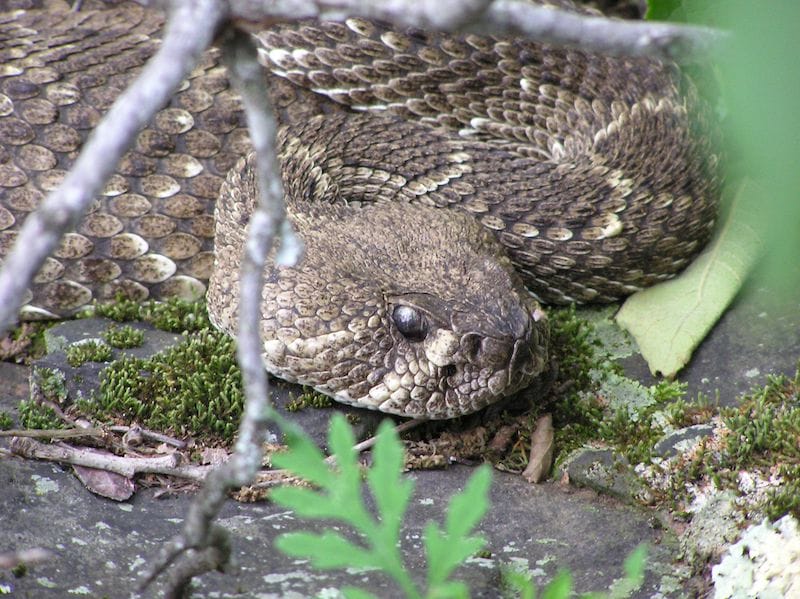
Snakes
Contrary to popular belief, snakes in Arkansas don’t hibernate all winter. Many of the state’s 36 snake species enter a state of brumation. This is a reptilian form of hibernation where snakes become less active, seeking refuge in underground burrows or rock crevices to escape the winter chill. While not all snakes brumate, those that do conserve energy until the return of warmer temperatures. It is possible to see snakes, including venomous snakes, all winter, especially on warmer days.
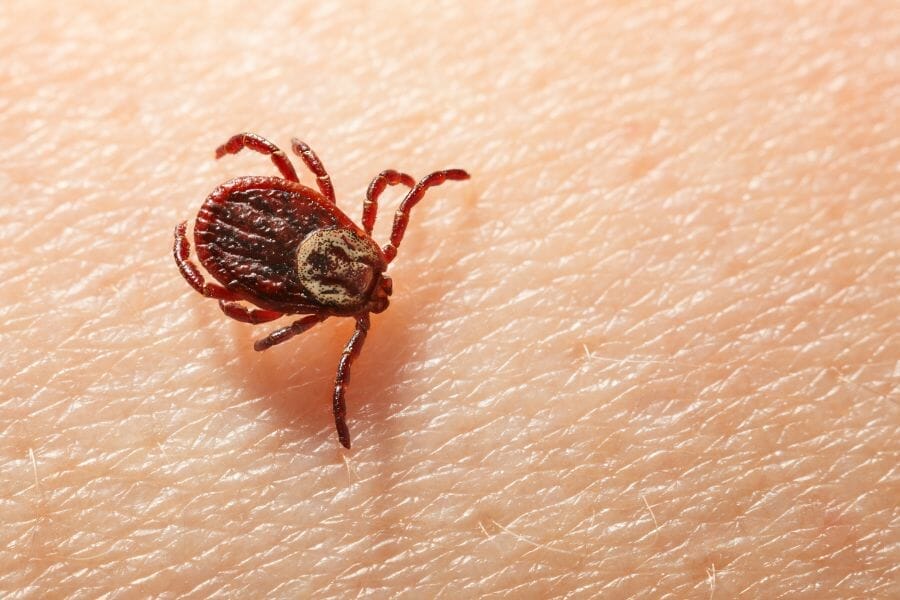
Ticks
Ticks are often associated with warmer months, but in Arkansas, some species remain active even during winter. These resilient arachnids can be found questing for hosts in leaf litter or low vegetation. While their activity may be reduced compared to the summer months, the risk of tick encounters persists, making year-round vigilance essential for those exploring the great outdoors.
Arkansas winters are generally mild, yet our wildlife displays a variety of survival strategies to make it through times of colder temperatures and depleted food sources. Yet, even in the colder months, the Natural State teems with life, each species revealing unique adaptations that contribute to the intricate balance of its ecosystems. Arkansas’ wildlife, with their winter habits, invites us to slow down, observe, and appreciate the hidden wonders that unfold in the stillness of the season.
Join the Conversation
Leave a Comment
One response to “Wintering Wildlife in Arkansas”
 Leave a Reply
Leave a Reply
We do the work.
You check your email.
Sign up for our weekly e-news.
Get stories sent straight to your inbox!










 Leave a Reply
Leave a Reply
[…] fishing in Arkansas is an exciting season. Gamefish, like most wildlife that winter in Arkansas, spend the autumn months eating heavily and bulking up for winter. This makes autumn the perfect […]